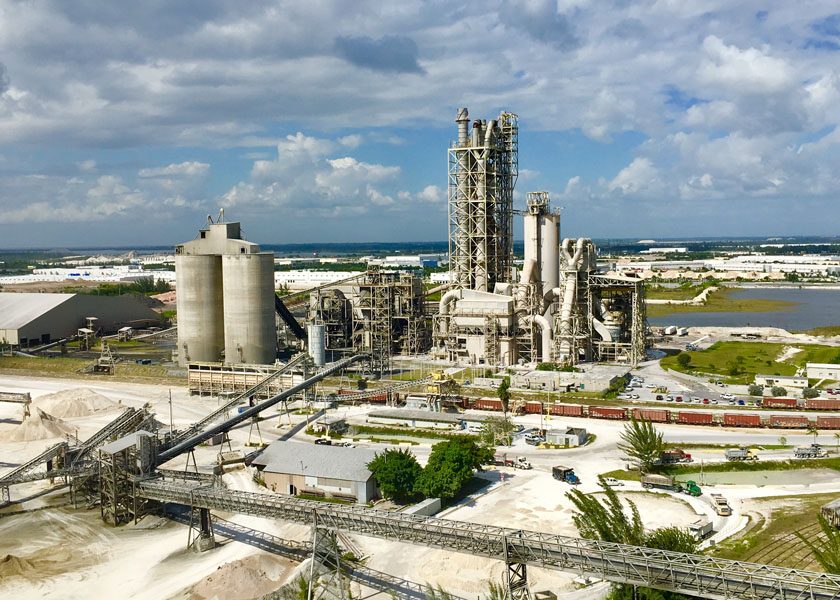The Cement Association of Canada (CAC) applauded the Ontario government on the release of its world-leading Climate Action Plan. The plan will help ensure that Ontario meets and exceeds its 2020, 2030 and 2050 GHG reduction targets.
Furthering its leadership in phasing out coal from the electricity sector, the government is now enabling emissions-intensive trade-exposed (EITE) industries, like cement, to reduce their own reliance on coal. The plan earmarks $40-$60 million to help EITE industries across Ontario move away from coal and develop the necessary supply chains so we can better utilize alternative low carbon fuels. The result for Ontarians will be lower GHG emissions, cleaner air and a more competitive industrial sector.
“Day after day we see the impacts of climate change on the news. Today, I’m happy with approaches that are laid out in the climate action plan which will help industries, like cement, reduce their GHG emissions while remaining globally competitive. We look forward to continuing to work with the Ontario government on the next steps to ensure that Ontario achieves its GHG reduction targets,” said Michael McSweeney, CAC president and CEO.
The association was also pleased by the government’s commitment to develop service standards for permit approvals. This will help ensure that GHG-reducing innovations can be brought into use more quickly while still protecting the environment. Business requires certainty in order to make investments in Ontario and service standards will assist in this certainty.
CAC stated that its members appreciate the collaborative approach that the government took in developing this plan. The comprehensive policy proposals that were consulted on over the past 18 to 24 months have ensured that everyone had a fair chance to make their case for how Ontario’s cap and trade system should be designed.
The changes outlined in the Climate Action Plan will help ensure the cement industry and others remain competitive in Ontario and in other markets in North America during the move toward a low-carbon future.



